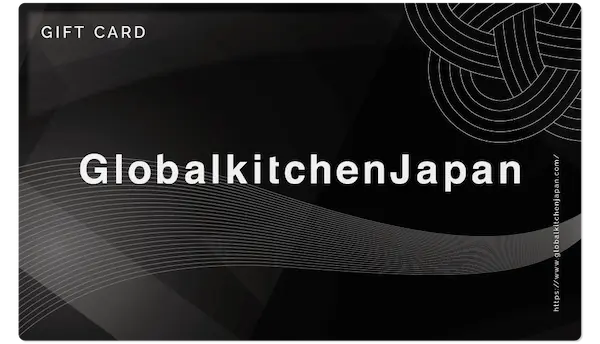There have been many traditional craft works in Japan. Most of them are valued as art, taking root in Japanese people’s life. For instance, Kimono, Chawan (rice bowl), chopsticks, lacquerware and "Yakan", which has been used as a representative kitchen tool since ancient times.
What is Yakan?
Yakan means kettle in English, and Japanese Yakan has unique shape. It has a long history, which is described in a dictionary compiled in 1603.
The shape is so unique. In most cases, it is rounded and directly put on gas stove. Some have lid with whistle to notify once the water is boiling and to prevent it being left accidentally.
Although there are lots of novel designs worldwide, Yakan with traditional shape is still popular.
Use & Care
We would like to show you Sori Yanagi Stainless Kettle. For washing, it is recommended to use baking soda or citric acid.
Wash outside with baking soda
Baking soda is good for washing burnt pans or persistent oil stains. If the stains on the outside stand out, put baking soda over and leave them for 1 to 2 hours. Then scrub the stains covered with baking soda. As baking soda dissolve the stains, they are easy to remove.
However, do not use baking soda for aluminum products because it will cause chemical reaction to discolor aluminum into black.
Wash inside with citric acid
Citric acid is good for washing inside of Yakan. Fill up Yakan with water and a table spoon of citric acid powder, and boil. Once it boiled, leave it until it cools down. Then wash and rinse inside. Citric acid tends to absorb stains.
However, do not use citric acid for iron or copper products which are susceptible to corrosion as it will cause oxidation.
It's so simple!
For cleaning kettles, it is good to remember “use baking soda for outside and citric acid for inside. Also, “baking soda not for aluminum and citric acid not for iron or copper”. Unless you forget these 2 tips, you will never mess up cleaning kettles.
Yakan represents Japanese customs. Why don’t you try and use it in your everyday life?






